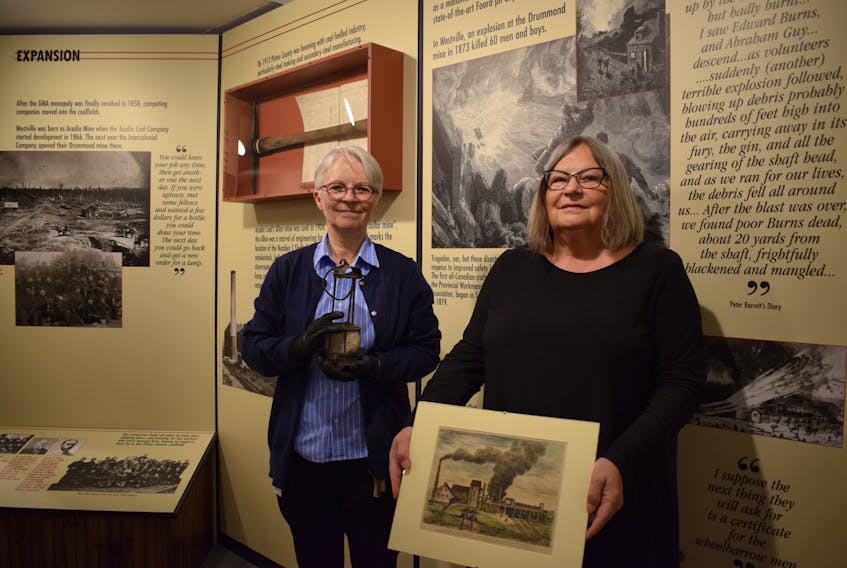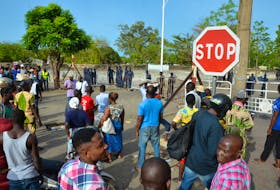STELLARTON, N.S. — One day before the commemoration of William Davis, a coal miner shot and killed during a 1925 strike action calling for improved working conditions, The Stellarton Museum of Industry is launching a reminder of what he was fighting for.
“This is the most comprehensive list of men who died in Nova Scotia Coal mines,” said Debra McNabb, director at the Museum of Industry. With her was Pictou County historian Judith Hoegg Ryan who for the last year has been compiling, the 2,500 names on the list.
There are 607 from Pictou County. For Ryan, one of those names is very familiar.
“My own grandfather died in a fall of coal,” said Ryan. “My father was working right next to him.”
Ryan’s grandfather, Hughie Hoegg died in 1941 at the Albion Mine in Stllarton.
Ryan’s father, Bob Hoegg was a coal miner and mine manager. Having grown up around the industry her interest in mine research started by hearing the stories that miners and their families had to tell.
“People would say to me ‘why don’t you get stories from your father?’”, Ryan told The News. “I went around and met with a lot of old miners and their families and collected oral history from them.”
Ryan’s research led her to curate the Nova Scotia Coal Mining Tragedies exhibit at the museum of Industry. The database of 2500 names is an online extension of that work.
“It was through this project that we pulled all of those references together and we made a searchable database,” said McNabb. “If they know their family member’s name, then they can see the date, the mine, and the cause of death.”
Starting with the Drummond Mine explosion in Westville, 1873 and ending with the 1992 explosion at Westray the online content will also include 15 of the most prominent mining disasters in the history of the province.

A safety lamp with its glass melted. This was recovered from the 1880 Foord Pit explosion and currently on display at the Museum of Industry.
Terrible and tragic as they are, Ryan told The News that the number of individual deaths was what struck her the most.
“When you start looking at the causes, you realize that every day when they went to work, they might not come home.”
McNabb said that the idea to create the database came from the number of citizens who reached out to the museum asking for their help in finding family members lost in Nova Scotia’s mines.
“Even though we know that 2500 people died in Nova Scotia coal mines, it’s not everyone,” said McNabb. “As other names come up later then we’ll add them, but if anyone out there has someone then they can contact us.”
The database will be available starting on June 10.









